Different Agave Plants – Commonly Grown Agaves In Gardens


Agave plants are perhaps best known for tequila, which is made from the steamed, mashed, fermented and distilled hearts of the blue agave. If you've ever had a run in with an agave plant's sharp terminal spike or ragged, toothy leaf margin, you probably remember it all too well. In fact, one of agave's most common uses in the landscape is for privacy or basically as mass plantings of thorny unpleasant defense plants. However, grown as specimen plant, different agave plants can add height, shape or texture to rock gardens and xeriscape beds.
Different Agave Plants
Generally hardy in U.S. zones 8-11, agave plants are native to southern parts of the North America, Central America, West Indies and northern parts of South America. They thrive in intense heat and sun. Oftentimes confused with cactus because of their sharp teeth and spikes, agave plants are actually desert succulents. Most varieties are evergreen with very little ability to handle frost. Many common varieties of agave will naturalize by forming clumps of new rosettes. This makes them ideal in mass plantings for privacy and protection. Some agave varieties however, will only produce new rosettes when the main plant is nearing the end of its life. Many types of agave have ‘century plant' in their common name. This is because of how long it takes for an agave plant to bloom. The long-coveted blooms don't take an actual century to form, but it can take more than 7 years for different agave plants to flower. These blooms form on tall spikes and are usually lantern shaped, much like yucca blooms. Some agave varieties can produce flower spikes 20 feet (6 m.) tall that can rip the whole plant out of the ground if toppled over by high winds.
Commonly Grown Agaves in Gardens
When choosing different types of agave for the landscape, first, you'll want to consider their texture and carefully place varieties with sharp spines and spikes away from high traffic areas. You'll also want to consider the size agave you can accommodate. Many agave plants get very large. Agave plants do not tolerate being moved once they are established and they can’t really be pruned back. Make sure to select the right agave type for the site. Below are some common agave plant varieties for the landscape:
- American century plant (Agave americana) – 5-7 feet (1.5 to 2 m.) tall and wide. Blue-green, wide leaves with moderately toothed leaf margins and a long, black terminal spike at the tip of each leaf. Fast growing in full sun to part shade. Many hybrids of this agave have been created, including variegated forms. Can tolerate some light frost. Plants will produce rosettes with age.
- Century plant (Agave angustifolia) – 4 foot (1.2 m.) tall and 6 foot (1.8 m.) wide with gray-green foliage and sharp teeth on margins, and a long, black tip spike. Will begin to naturalize as it ages. Full sun and some tolerance to frost.
- Blue agave (Agave tequilana) – 4-5 feet (1.2 to 1.5 m.) tall and wide. Long, narrow blue-green foliage with moderately toothed margins and a long, sharp brown to black terminal spike. Very little frost tolerance. Full sun.
- Whale's Tongue agave (Agave ovatifolia) – 3-5 feet (.91 to 1.5 m.) tall and wide. Gray-green foliage with small teeth on margins and a large black tip spike. Can grow in full sun to part shade. Some frost tolerance.
- Queen Victoria agave (Agave victoriae) – 1 ½ feet (.45 m.) tall and wide. Small rounded rosettes of tight gray-green leaves with small teeth on margins and a brown-black tip spike. Full sun. Note: These plants are endangered and protected in some regions.
- Thread-leaf agave (Agave filifera) – 2 feet (.60 m.) tall and wide. Narrow green leaves with fine white threads on leaf margins. Full sun with very little frost tolerance.
- Foxtail agave (Agave attenuata) – 3-4 feet (.91 to 1.2 m.) tall. Green leaves with no teeth or terminal spike. Rosettes form on small trunk, giving this agave a palm-like appearance. No tolerance of frost. Full sun to part shade.
- Octopus agave (Agave vilmoriniana) – 4 feet (1.2 m.) tall and 6 feet (1.8 m.) wide. Long curled leaves make this agave seem to have octopus tentacles. No frost tolerance. Full sun to part shade.
- Shaw's agave (Agave shawii) – 2-3 feet (.60-.91 m.) tall and wide, green leaves with red toothy margins and a red-black terminal spike. Full sun. No frost tolerance. Quick to form clumps.
Gardening tips, videos, info and more delivered right to your inbox!
Sign up for the Gardening Know How newsletter today and receive a free copy of our e-book "How to Grow Delicious Tomatoes".
-
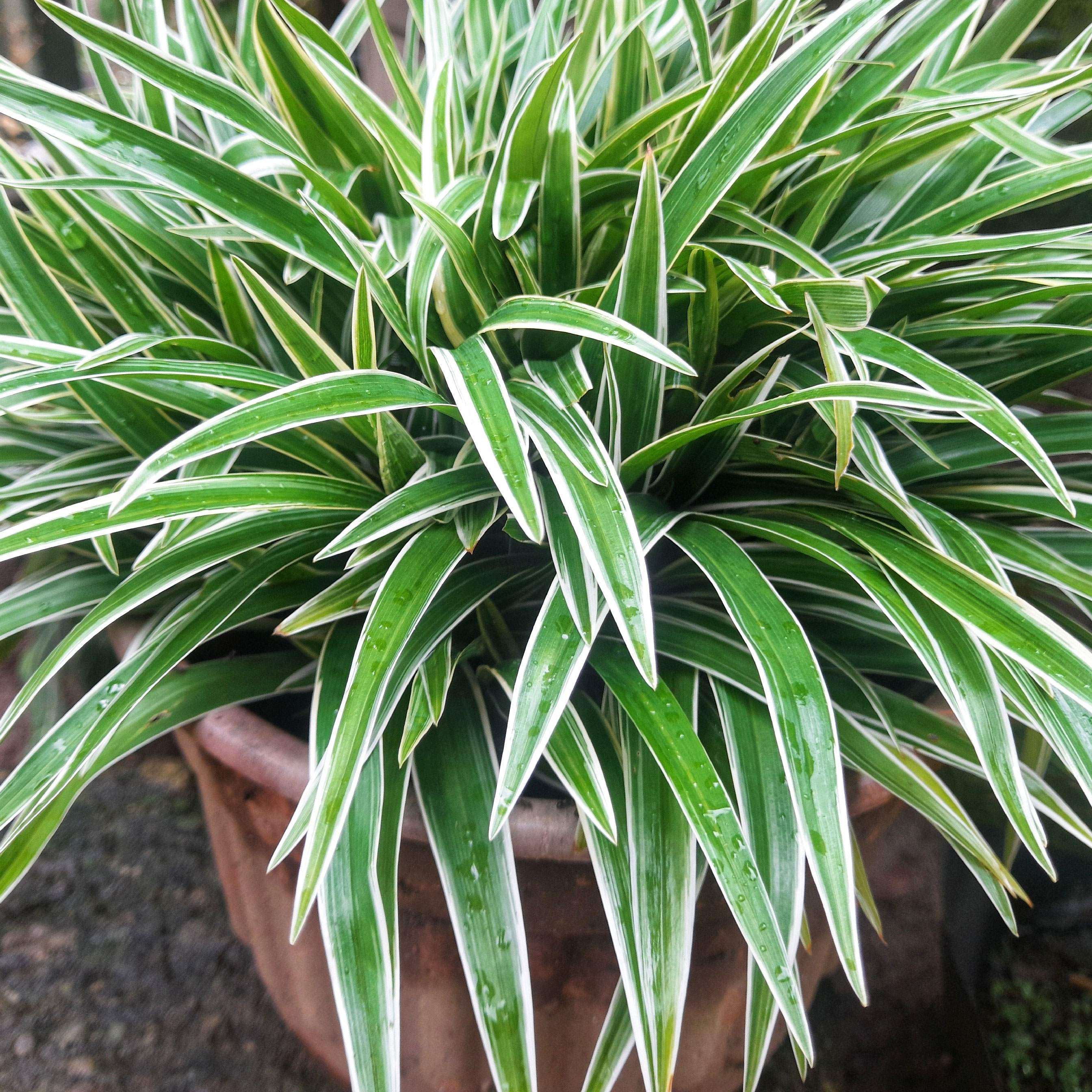 Want To Know How To Make A Spider Plant Bushier? 4 Secrets For Lush & Bushy Spiders
Want To Know How To Make A Spider Plant Bushier? 4 Secrets For Lush & Bushy SpidersAre you looking for ways to make your spider plant look bigger or more dramatic? Follow these quick and easy tips on how to make a spider plant bushier
By Teo Spengler
-
 What Is A Pollinator Garden? Grow Gorgeous Blooms While Benefiting Your Local Ecosystem
What Is A Pollinator Garden? Grow Gorgeous Blooms While Benefiting Your Local EcosystemPollinator gardens look great and also provide a diverse ecosystem that benefits your local pollinating insects and animals. Get started today with this guide!
By Bonnie L. Grant
-
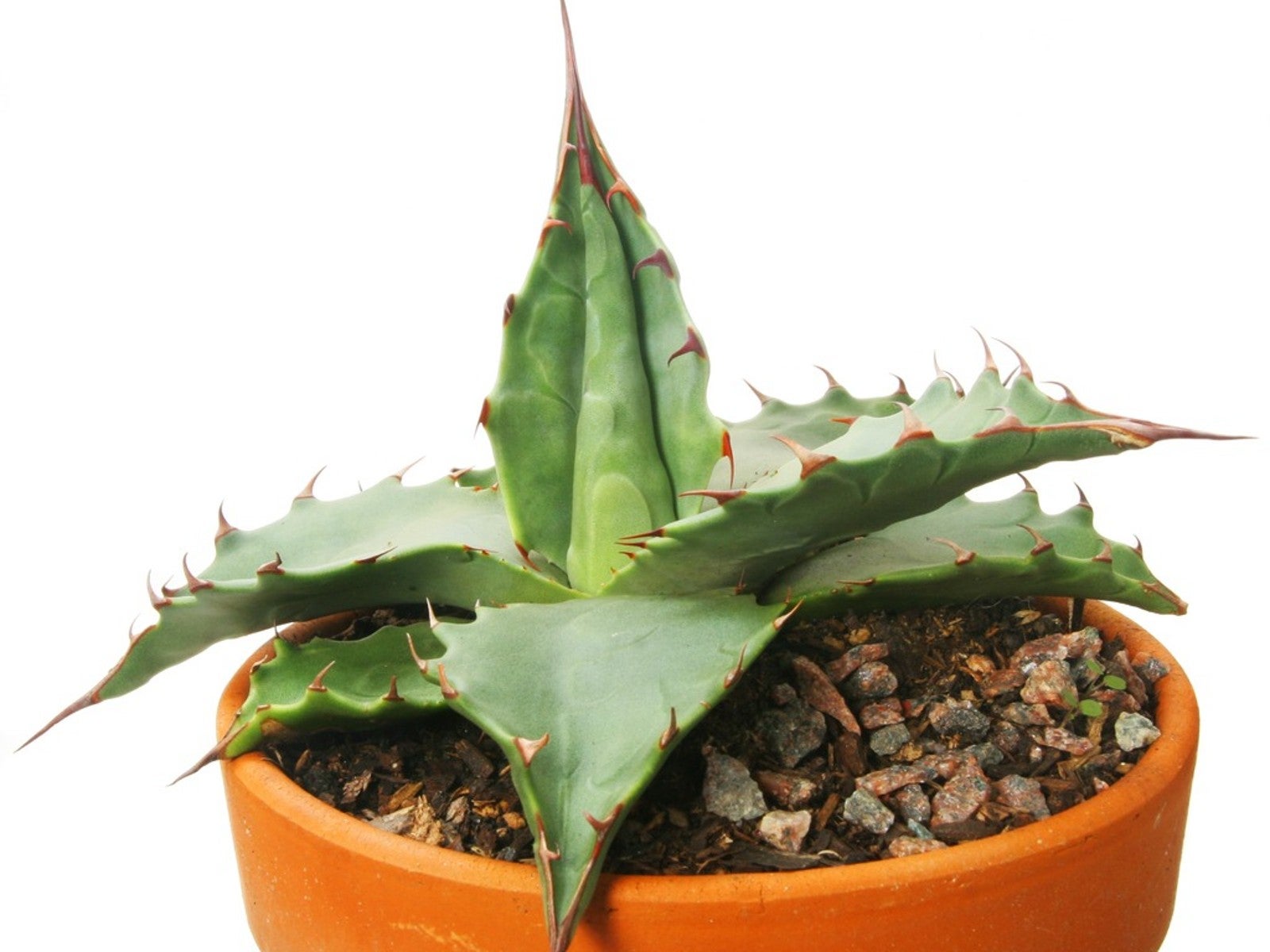 How To Propagate Agave: Instructions And Tips For Agave Propagation
How To Propagate Agave: Instructions And Tips For Agave PropagationAgave plants are popular, but they do have one drawback. They are a monocarpic species, and understanding how to propagate agave is an essential part of their care.
By Laura Miller
-
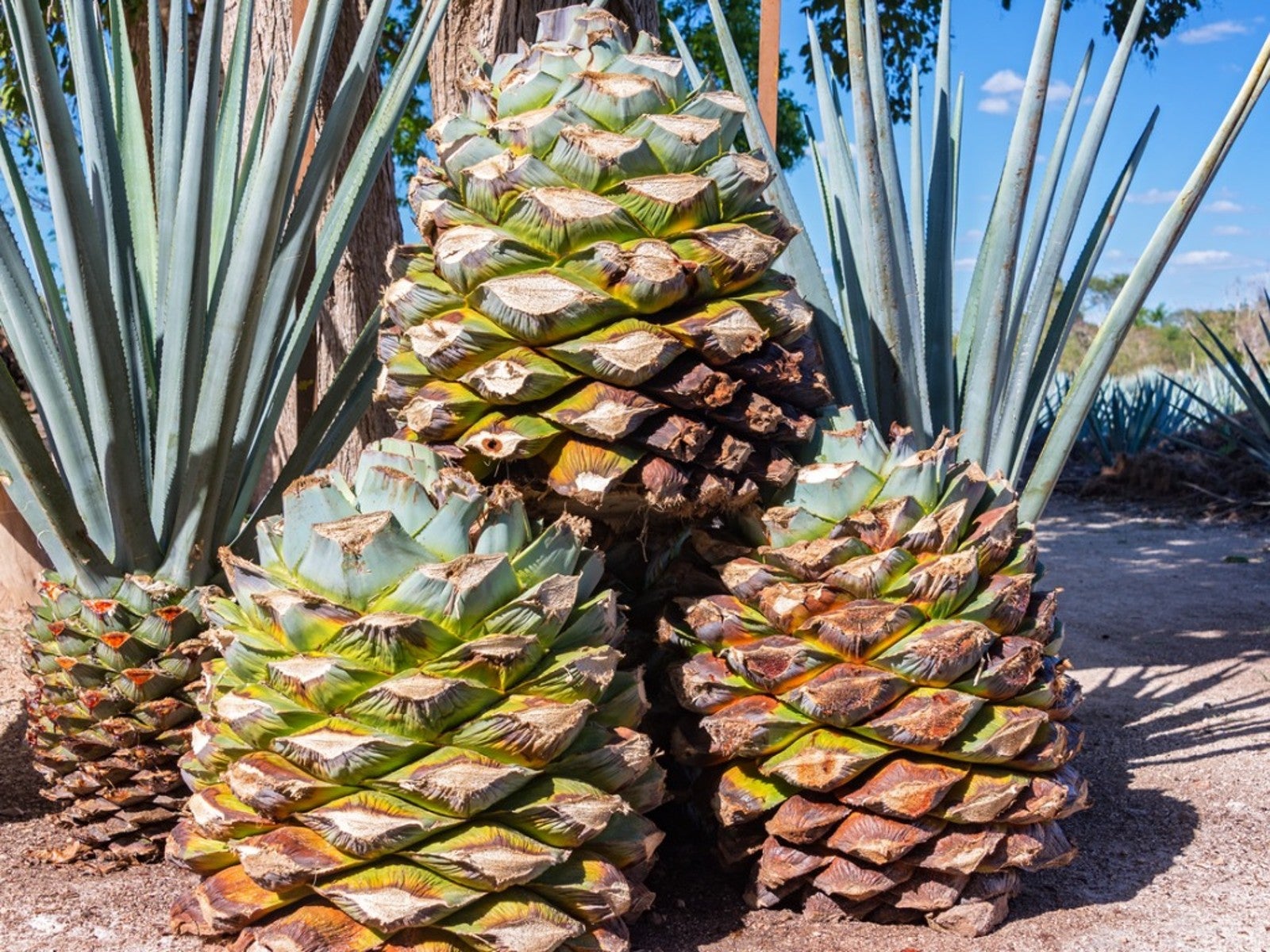 How To Grow Agave For Nectar: Growing And Harvesting Blue Agave Syrup
How To Grow Agave For Nectar: Growing And Harvesting Blue Agave SyrupAt one time growing blue agave was most notable for its production into tequila, but today blue agave nectar is giving the liquor a run for its money. Read on for more.
By Amy Grant
-
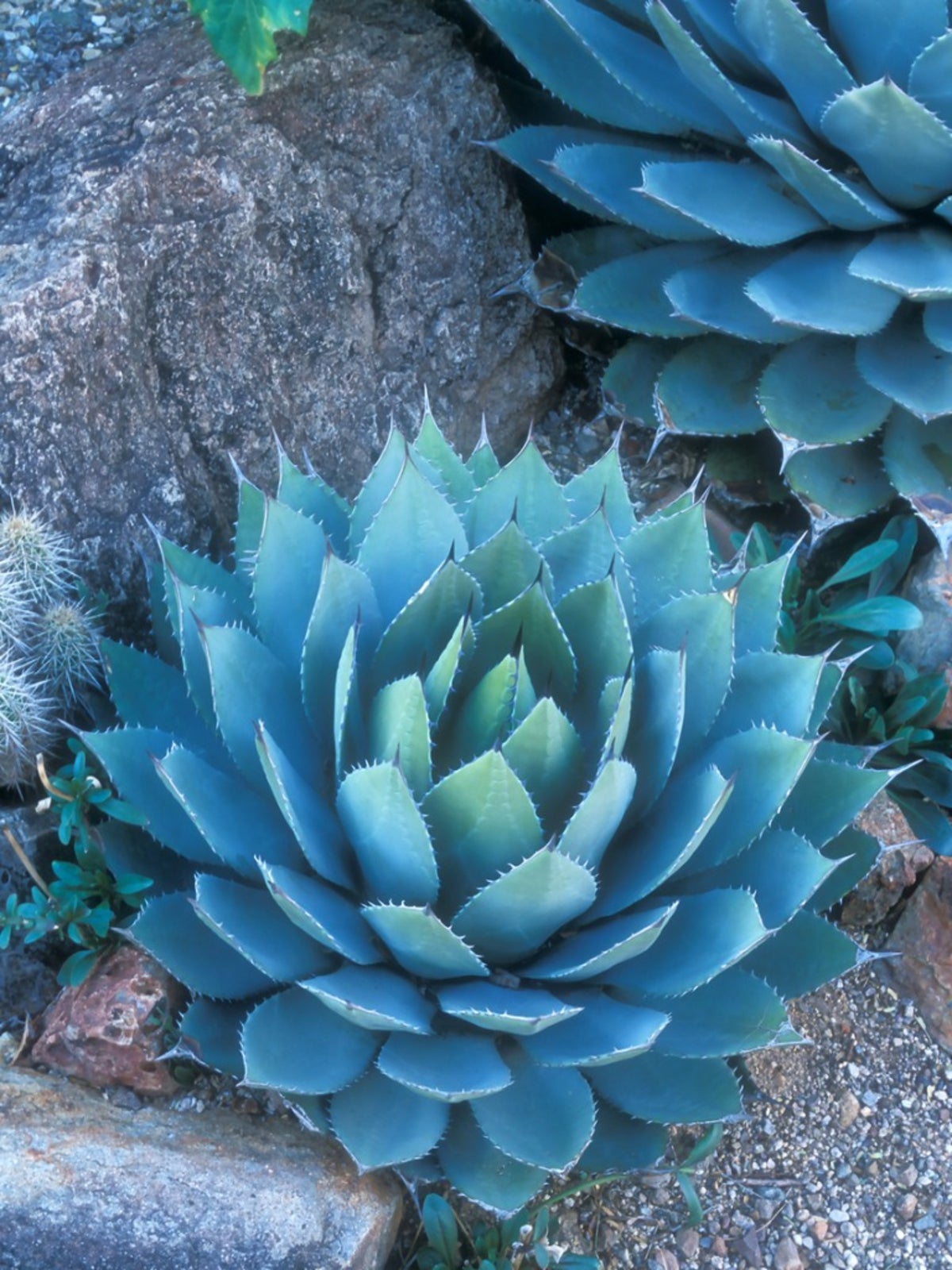 Grow An Artichoke Agave Plant - Artichoke Agave Parryi Info
Grow An Artichoke Agave Plant - Artichoke Agave Parryi InfoHow big does Artichoke agave get? Not as large a species as some varieties, but what it lacks in size it makes up for with an amazing flower, glorious color, and a compact rosette.
By Bonnie L. Grant
-
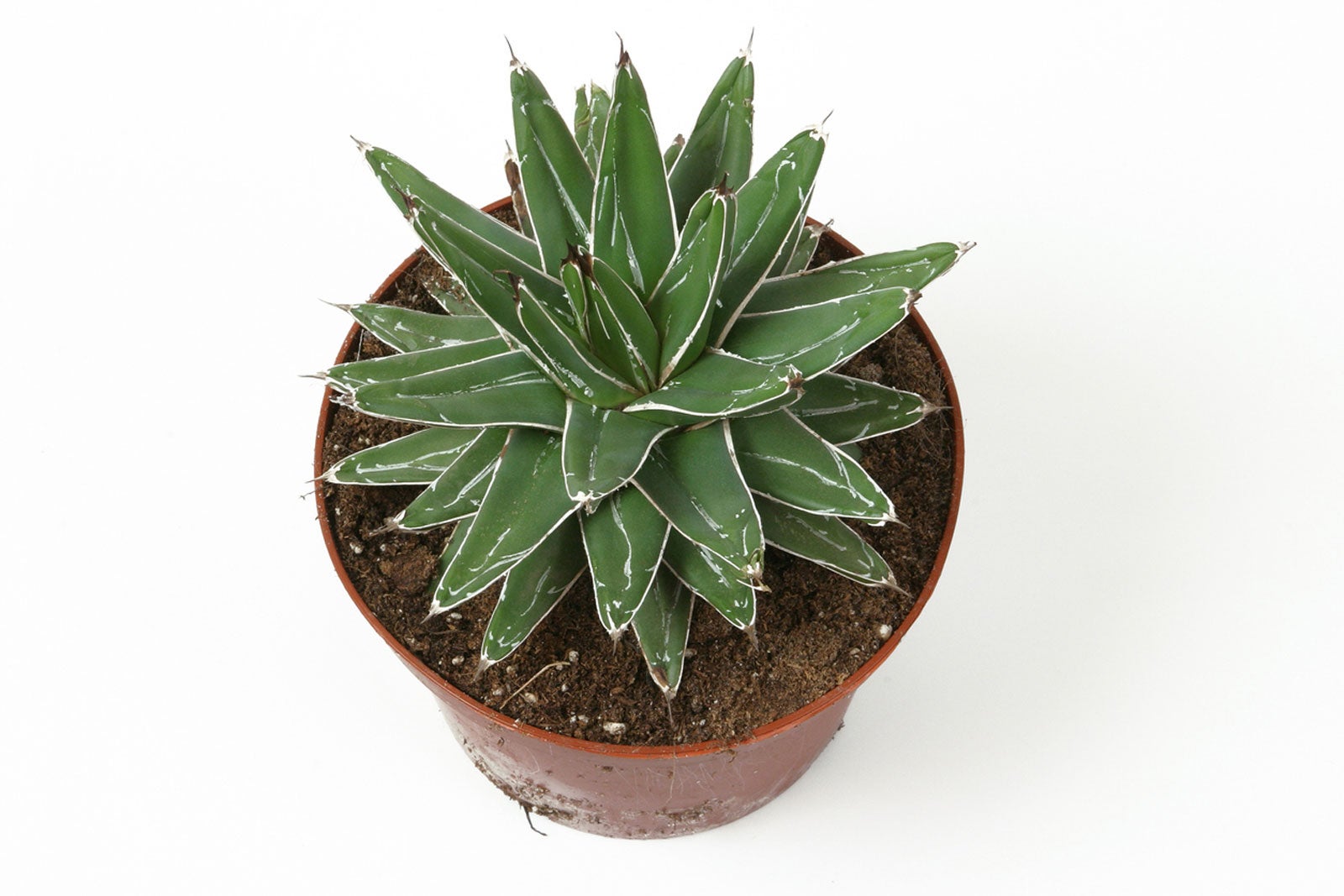 Agave Houseplant Care – Growing Agave As A Houseplant
Agave Houseplant Care – Growing Agave As A HouseplantMaybe it’s too much of a hassle to bring agave in and out with the seasons. You might wonder if you can grow agave as a houseplant. The answer is yes, you can, although some types may grow better than others if kept exclusively indoors. Learn more here.
By Becca Badgett
-
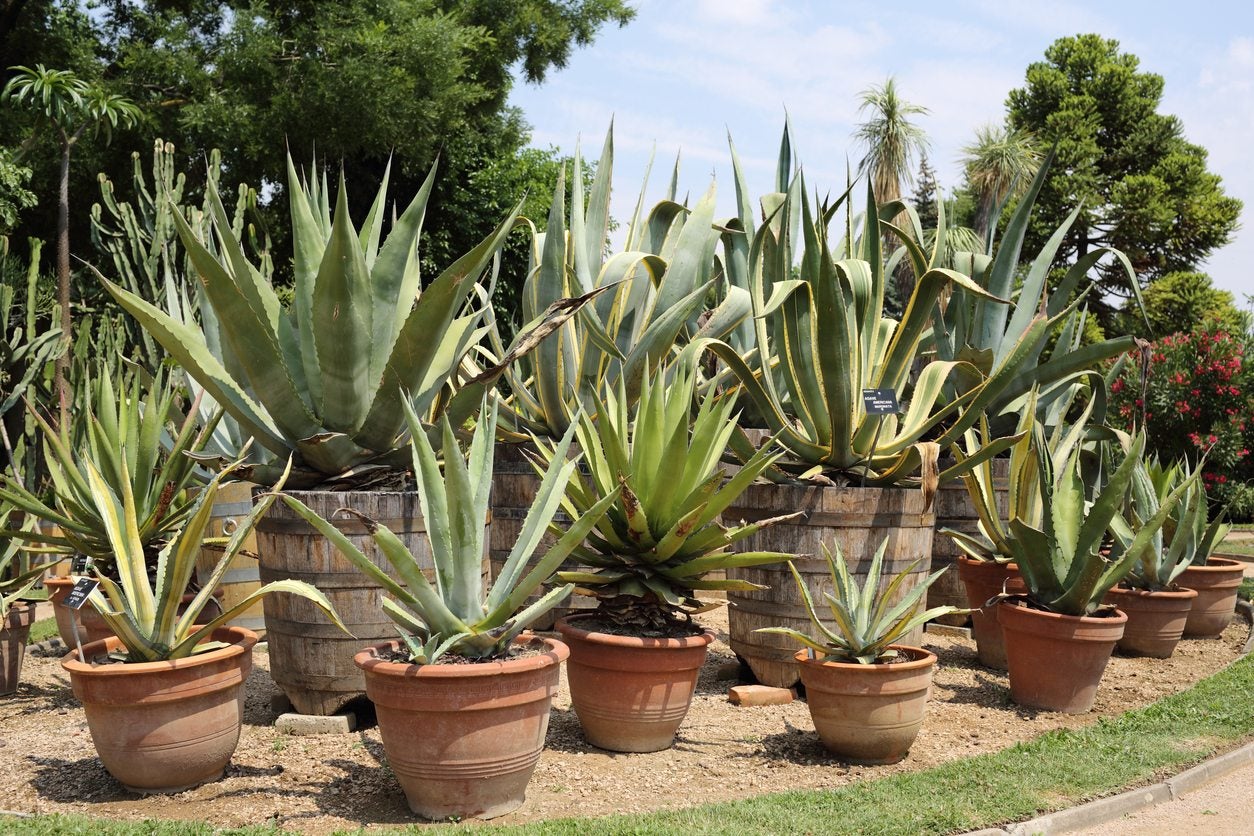 Potted Agave Care: Tips On Growing Agave Plants In Pots
Potted Agave Care: Tips On Growing Agave Plants In PotsCan agave grow in pots? You bet! With so many varieties of agave available, container grown agave plants are an excellent choice for the gardener with limited space, less than perfect soil conditions, and a lack of abundant sunlight. Click here to learn more.
By Gardening Know How
-
Caulotops Barberi Pests: Learn About Agave Plant Bug Control
While generally a low maintenance, easy-to-grow plant, agave can be susceptible to pest problems. If you have noticed bugs eating agave plants in your landscape, click here to learn more about controlling agave plant bugs in the garden.
By Darcy Larum
-
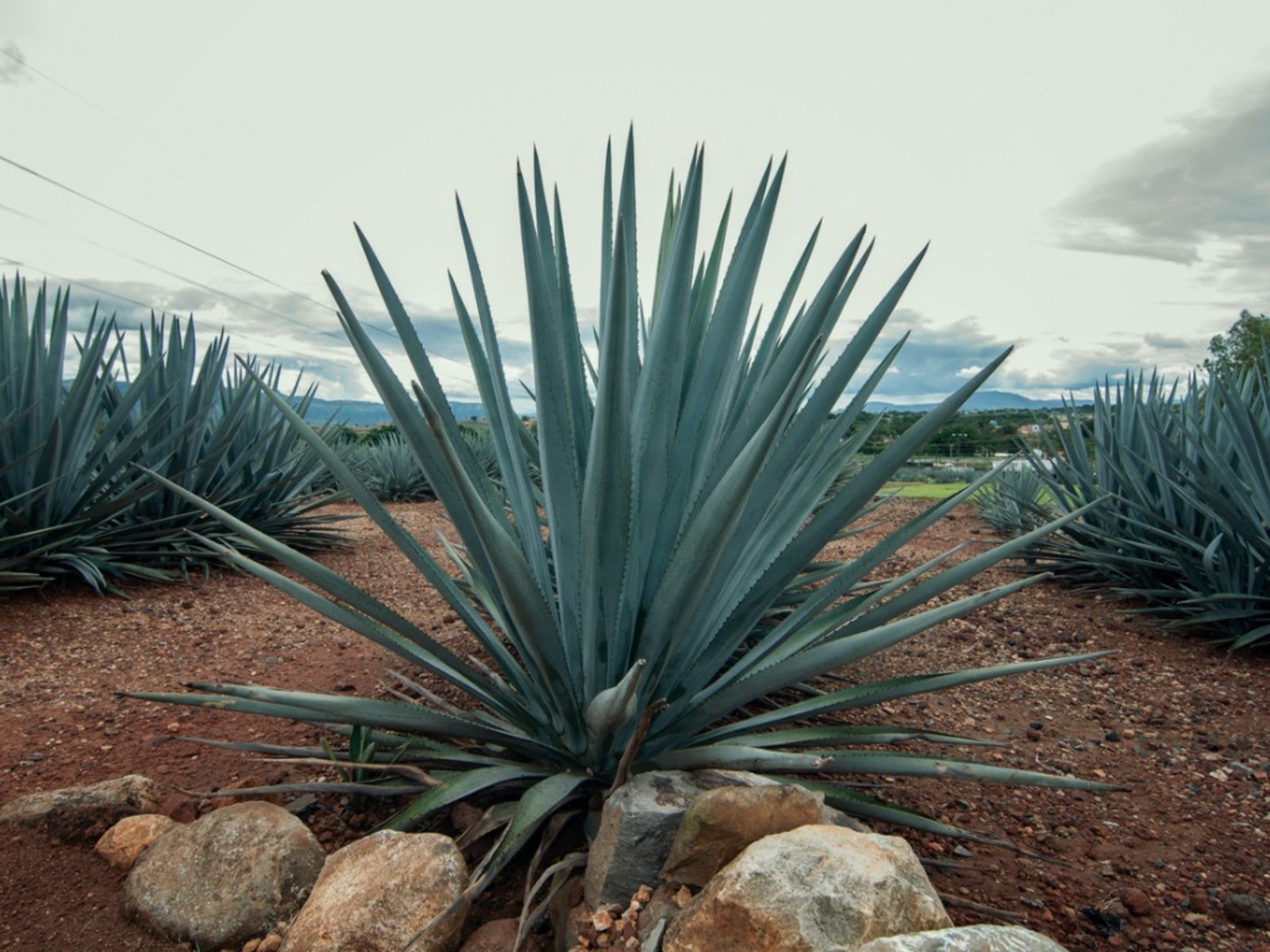 What Is Agave Crown Rot: How To Save Plants With Crown Rot
What Is Agave Crown Rot: How To Save Plants With Crown RotMid- to late-summer crown rot of agave plants can be common in cooler climates and potted plants. Learn what you can do for agave plants with crown rot in the article that follows. Click here for additional information.
By Darcy Larum
-
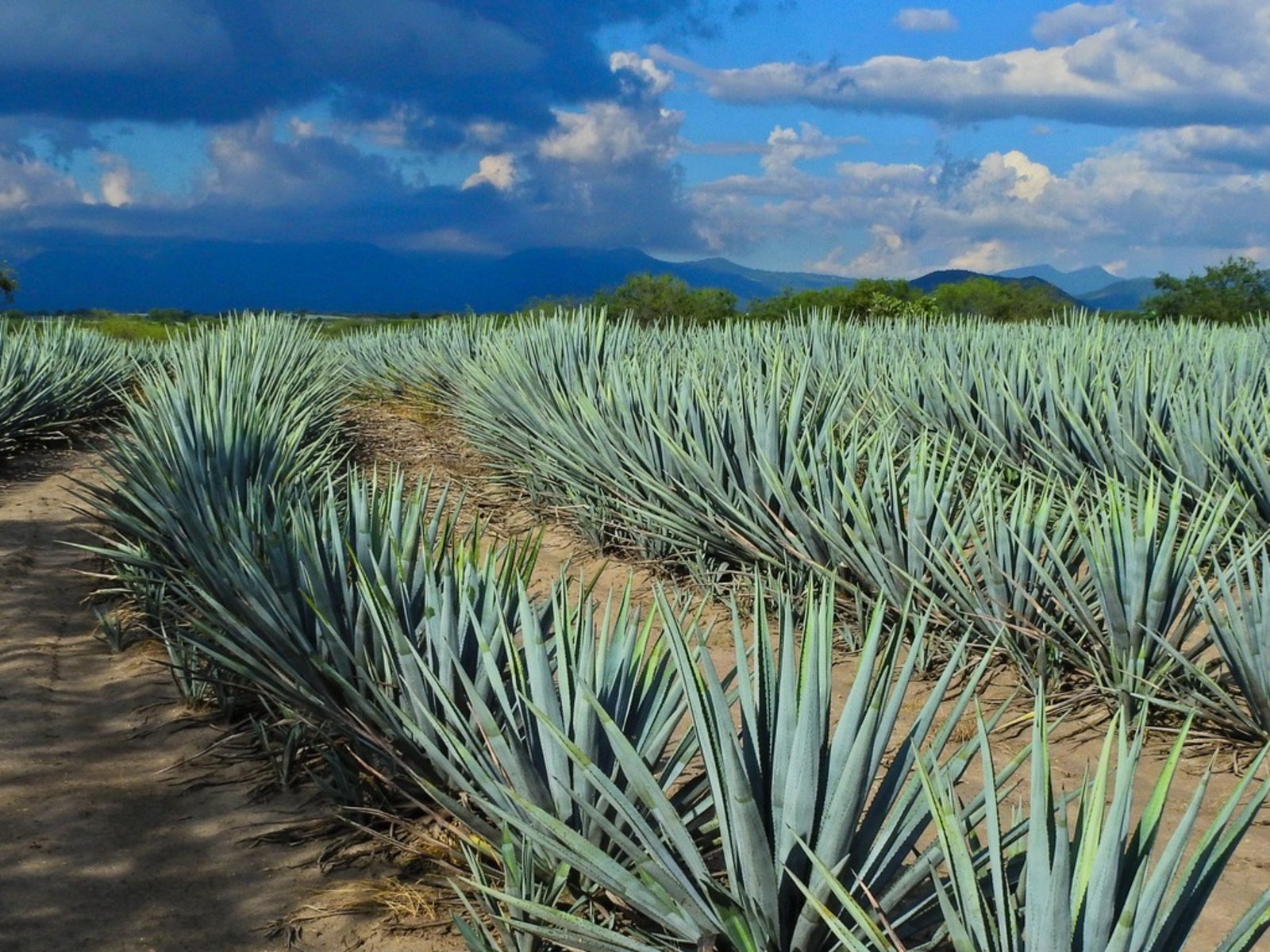 Managing Root Rot In Agave – How To Treat Agave Root Rot
Managing Root Rot In Agave – How To Treat Agave Root RotRoot rot is a common disease in plants that is usually caused by poor drainage or improper watering. While more common in potted plants, root rot can also affect outdoor plants. Learn more about managing root rot in agave with the following information.
By Darcy Larum